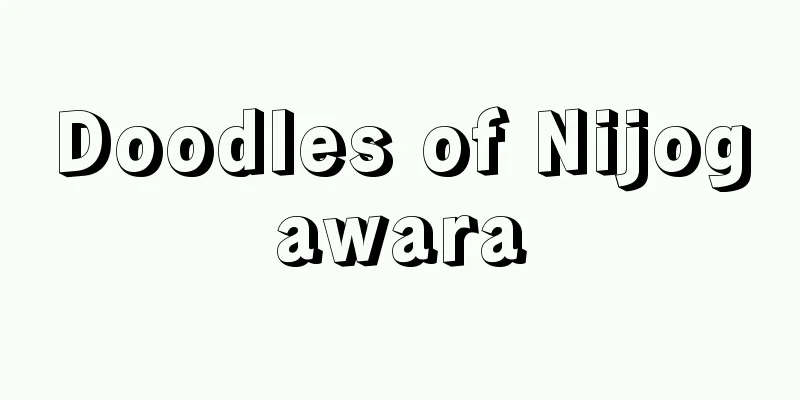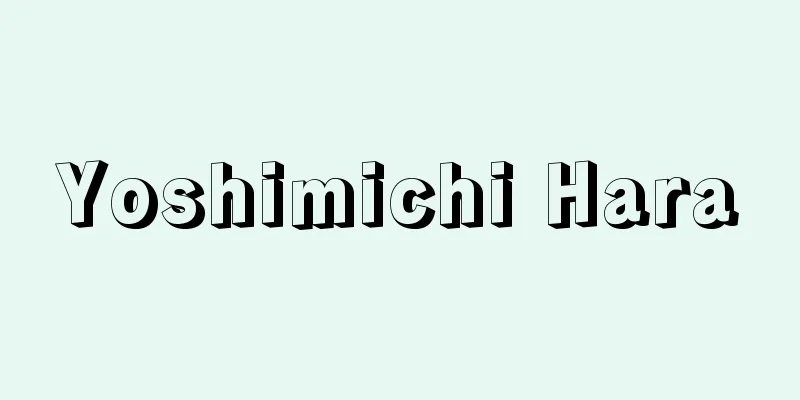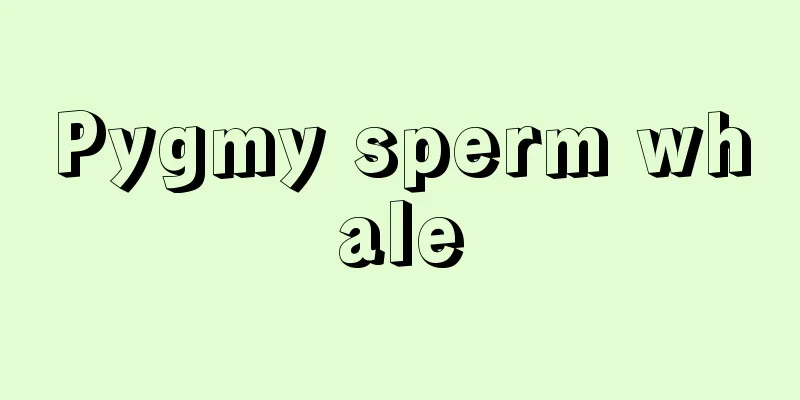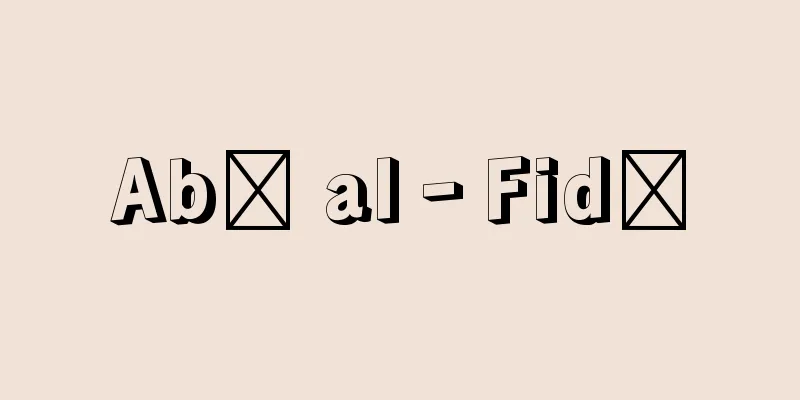Doodles of Nijogawara

|
A play on the subject: Last August, a graffiti painting was found at Nijogawara. In the first year of the first century, something that is now common in the capital. A plot to commit a night raid and robbery was planned. Doodles of NijogawaraIt was posted in August 1334 (the first year of the Kenmu era) at Nijogawara in Kyoto (some say August of the following year) and is included in the Kenmuki. Rakugashi, also called rakushi-bumi, was an anonymous letter denouncing the perpetrator, but it eventually came to mean writings that satirized, mocked or criticized authority or society. The 88-line doodle begins with, "These days what is popular in the capital is the plotting of night attacks and robbery," and ends with, "Those born in this era who listen to such wicked things as the children of Kyoto are just one tenth as quiet as they are," and while it is based on the modern songs that were popular in the late Heian period, it continues the song format based on 7-5 rhythm. It is a sharp satire of the chaotic reality of the New Kenmu government and the turbulent social climate under its rule, characterizing it as a "world of freedom and violence." If the origin of graffiti lies in children's songs, in which gods used people to recite the fortunes of the times, then the skill of the artist who used the mouths of "Kyoto children" to predict the collapse of the Kenmu government with "Tenka Ichito Metsurashia" can be said to be extremely outstanding. The artist is presumed to have been a member of a group of intellectuals critical of the new government. [Kazuhiko Sato] [Supplementary material] |Source: Shogakukan Encyclopedia Nipponica About Encyclopedia Nipponica Information | Legend |
|
口遊(くちずさみ) 去年八月二条河原落書云々 元年歟 二条河原落書
|
>>: Nijo-in Sanuki - Nijo-in Sanuki
Recommend
Extroversion - Gaikousei (English spelling)
Swiss psychiatrist Jung called the type in which ...
Mental arithmetic - Anzan
〘 noun 〙 (also "ansan") 1. Calculation d...
Wolf, E. - Wolf
…Furthermore, in 1929, Fell perfected the watch g...
Jackson, JB (English spelling) JacksonJB
…Until the early 18th century, wallpaper was used...
Wet printing
In color printing, for example when printing four ...
Togi [town] - Togi
A former town in Hakui County in northern Ishikawa...
jeu de dames (English spelling)
...A board game played by two people. Checkers is...
Industrial melanism
A phenomenon in which dark mutated individuals of...
Bar Daiṣān
154‐222 Syrian Christian theologian. Greek name Ba...
Inkstone - Kyoken
...A tool for making ink. It can also be written ...
Uruk period
This cultural period follows the Ubaid period in M...
Mount, WS (English spelling) MountWS
…In the second half of the 19th century, the focu...
calcifuge
…It is sometimes used in the narrow sense of lime...
Sacco Vanzetti Case
A murder trial that lasted seven years from 1920 t...
Karyo
Masume. See the entry for the character "嘉&qu...









